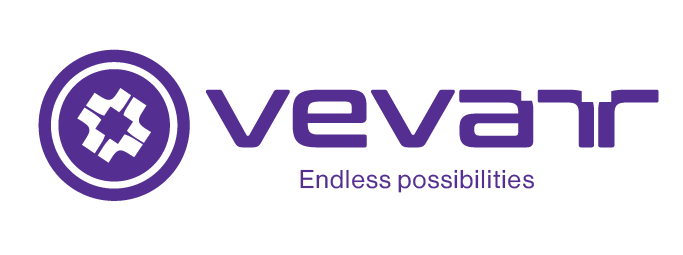Effective client communication is the foundation of any successful business relationship. When clients feel heard, understood, and valued, they’re more likely to trust your expertise, collaborate effectively, and become loyal advocates for your brand. In this article, we’ll explore the essential strategies for effective client communication, helping you build strong relationships and deliver exceptional results.
Understanding the Importance of Client Communication
Client communication is more than just exchanging information; it’s about building trust, establishing rapport, and creating a deep understanding of your client’s needs and expectations. When done well, effective client communication can:
– Foster strong relationships and loyalty
– Ensure project success and timely delivery
– Encourage open feedback and collaboration
– Drive referrals and word-of-mouth marketing
Key Strategies for Effective Client Communication
1. Active Listening: Pay attention to your clients’ needs, concerns, and ideas. Repeat back what you’ve understood to ensure clarity and show that you value their input.
2. Clear and Concise Messaging: Avoid jargon and technical terms that might confuse clients. Use simple, straightforward language to convey complex ideas.
3. Regular Updates: Keep clients informed about project progress, milestones, and any changes. This helps manage expectations and builds trust.
4. Responsive Communication: Respond promptly to client inquiries, concerns, and feedback. This demonstrates your commitment to their needs and satisfaction.
5. Empathy and Understanding: Put yourself in your clients’ shoes and try to see things from their perspective. Show empathy and understanding to build strong relationships.
6. Proactive Approach: Anticipate potential issues and communicate proactively to prevent misunderstandings or problems.
7. Feedback Mechanisms: Establish regular feedback loops to ensure clients can share their thoughts, concerns, and suggestions.
Best Practices for Client Communication
1. Use Multiple Communication Channels: Offer various communication channels, such as email, phone, video conferencing, or project management tools, to cater to different client preferences.
2. Set Clear Expectations: Establish clear expectations about communication frequency, response times, and project updates.
3. Be Transparent: Be open and honest about project challenges, timelines, and budgets.
4. Show Appreciation: Express gratitude and appreciation for clients’ trust and business.
5. Continuously Improve: Regularly assess and refine your communication strategies to ensure they meet evolving client needs.
Conclusion
Effective client communication is a critical component of any successful business relationship. By implementing these strategies and best practices, you’ll be well on your way to building strong relationships, delivering exceptional results, and driving long-term success. Remember to stay flexible, adapt to changing client needs, and continuously improve your communication approach to ensure the best possible outcomes.


